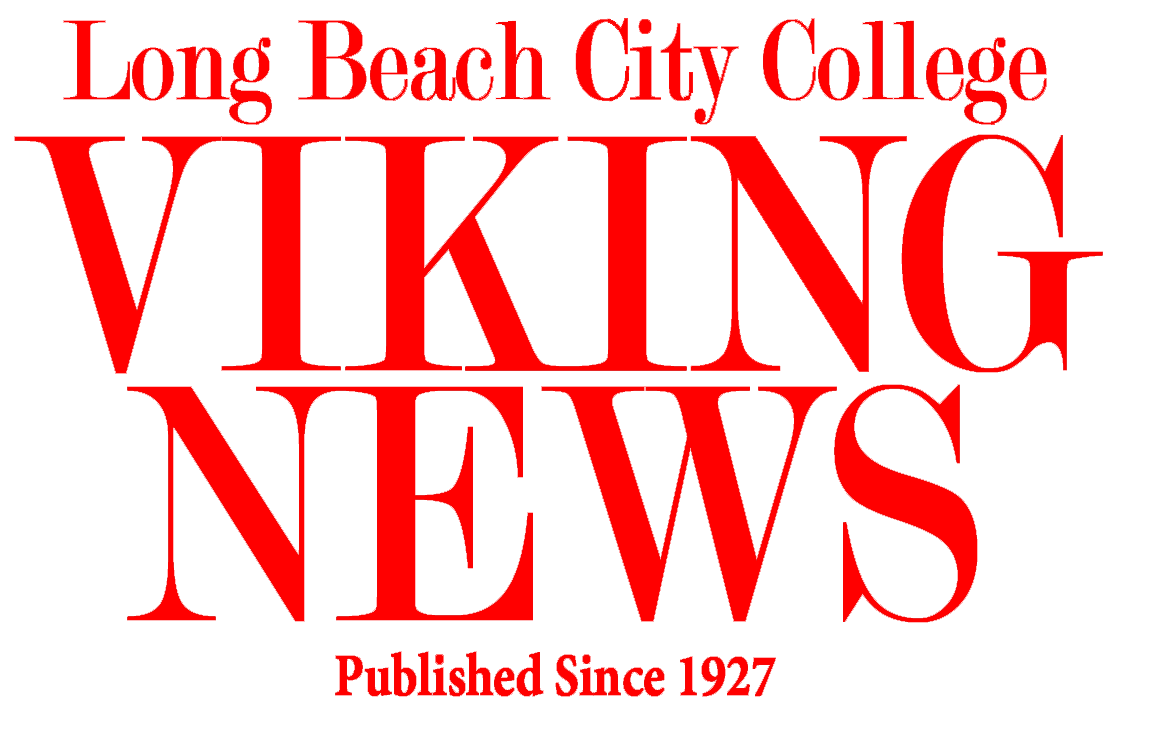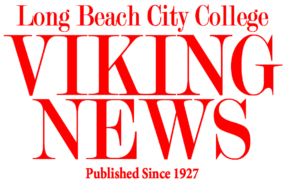Two LBCC Professors hosted a Rosalind Franklin DNA table and used it to build edible DNA structures and demonstrate DNA extraction with frozen strawberries in commemoration for one of their personal historical heroes on Tuesday morning.
Rosland Franklin was a British chemist who played a key role in the discovery of the structure of DNA. Franklin shot the first ever images of a DNA molecule showing helical structure.
Unfortunately, Franklin’s miraculous discovery was stolen by fellow colleagues James Weston and Frances Crick who were later awarded the Nobel prize for the discovery of DNA molecules.
“I wanted to highlight a woman who made an important discovery in science, Rosalnd Franklin. In honor of her, we wanted to do a fun activity where students can actually extract and see DNA and model it,” said LBCC chemistry professor Lizeth Perez.
Franklin’s legacy left an impact on Perez and inspired her to educate students around campus of the unjust past of the woman chemist who was cheated and degraded.
LBCC professor Erika Calle-Poppe had much to say of her disappointment in the education system concerning the lack of acknowledgement of women scientists as well as her excitement for change.
“My whole science career they said Watson and Crick discovered the DNA model. But now Rosaland Franklin’s name is getting out there. I think this should be shown in much more textbooks.” said Calle-Poppe.
This table stood decorated with colorful neon signs of DNA molecules on Long Beach City College’s Liberal Arts Campus from 11 a.m to 1 p.m. and was run by Chemistry Professor Lizeth Perez and Microbiology professor Erika Calle-Poppe.
The edible DNA structures that were created over the course of the event were made out of licorice and mini pastel-colored marshmallows. These treats were used to assemble and mimic modules of the DNA double helix as well as to describe the complexities of DNA in a fun manner


Each candy had its purpose in the making of the double helix model. Since DNA has two strands the licorice was used to mimic that as well as the colorful marshmallows represented base pairs which represent four nitrogenous bases, Adenine, Thymine, cytosine, and guanine that hold the two strands together.
While there were very few students attending this stand this did not stop the strong willed professors from making double helix models out of candy and extracting strawberries DNA by putting them into a bag and crushing the strawberries which in turn releases the DNA and opens the cells.
“The reason why we use strawberries is because strawberries actually have a lot of DNA. So in human cells we have two sets of chromosomes, so our DNA is rounded up into structures called chromosomes. Strawberries have 8 sets of chromosomes in them, so we can extract more DNA in strawberries compared to any other fruit.” said Chemistry professor Lizeth Perez.
“Since its women’s history month no one really talks about her discovery and why she was important and how those two white men took credit for her work. I feel like people should really know who actually discovered it.” said Melenni Gurrero who was one of the few LBCC students present at the stand.
Guerrero mentioned how she had a great time helping the professors with the fun activities and that she had much to say about Roisalnd Franklin’s discovery and why it’s essential for every student to know the importance of her legacy.


